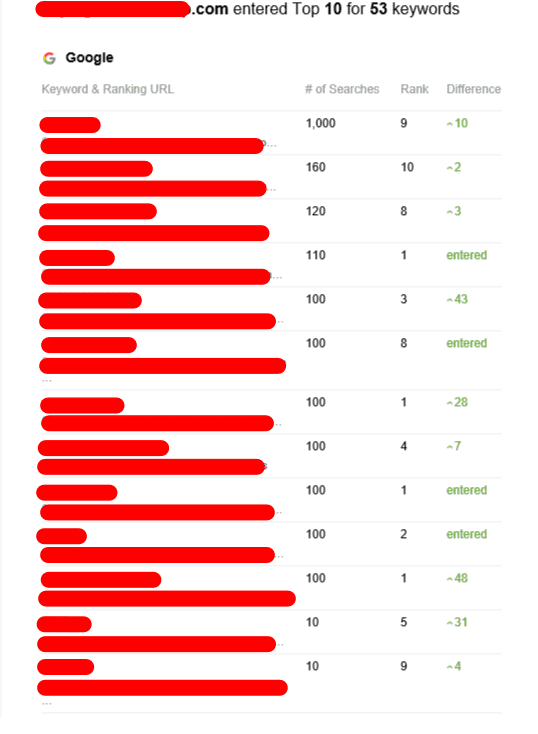Backlink Tier - The Hierarchy of Backlinks That Scale Your SEO Campaign
Backlink tier refers the hierarchy of links you design to scale up your SEO campaign. Each level provides a layer of protection from Google hounding you with penalties.
To make it work, you'll need to spend lots of effort and time. Google takes a long time to locate and evaluate new backlinks.
First-Tier Links
The first level of links that lead to your piece of content should be of high-quality dofollow backlinks from reputable websites. These links are called Tier 1 backlinks and act as the basis of your link building strategy. They will give your website enough domain authority for it to rank well on results pages of search engines. If, for instance your blog post was published on HubSpot and it included a tier one link to SearchEngineLand’s compilation of Link Building Statistics then SearchEngineLand’s web page rankings will benefit from the link equity that HubSpot handed over.
The second tier can be a bit more varied, and they can include low-quality links such as spammy forum posts, or low-value bookmark websites and directories. But the primary goal for the second tier 2 is to create high-quality content that will link to your first-tier backlinks. This is because good content can enhance the content the article, and will not stand out as something that is added to SEO reasons.
To construct a successful tiered campaign, you'll have to invest in high-quality tools and content such as RankerX or GSA. The time and money spent manually executing a tiered campaign can be well worth it if you want to reap the higher rankings of a well constructed backlink pyramid.
Second-Tier Links
Tiered link construction is designed to lead users through other pages before they reach your website. It is essential to select relevant second-tier sources of backlinks that are relevant to your business and your website for this to work. Guest blog posts are more effective than account profiles because they offer content that is valuable and users will want to consume.
In general, avoid using tier 2 links in forums or other sites that aren't of high-quality. Instead, look for pages with high-quality content that provide industry news or guest articles. These links will appear more natural and have a greater effect on your search engine ranking. They're also more likely to be identified as having been able to pass link equity by Google and can boost the value of their position in SERPs.
If you build tier two links with the intent of increasing your SEO rankings, you need to be aware that it's difficult to get these types of quality backlinks manually. It can take months to submit guest blog posts to first-tier publishers, and longer to wait for them to be published. In addition, it could take weeks to see the outcomes of your efforts when it comes to increasing traffic to your site and conversions.
Many SEOs make use of automated tools to create second-tier backlinks. However, this approach could be in violation of Google's Webmaster guidelines and can result in an infringement.
Third-Tier Links
The volume of links at this level is staggering and can even be considered to be spammy. They are posted on social media platforms, and on user-generated content sites such as Quora. They are used to index links of tier two however they do not pass link equity on to the resource that is promoted. They are generally nofollow links. At the moment marketers are more concerned with quantity rather than quality. They make use of tools to post numerous hyperlinks in forums, comments sections of articles and blog posts, in directories and other similar places. In this case tiered link building is a gray zone that is in violation of Google’s webmaster guidelines.
Link-building campaigns, which are classified as require a significant amount of time and effort to be successful. It can take days or even a month to get Google to index a single backlink, and after that it may take months or even weeks to notice a significant SEO impact. Therefore, marketers must be patient and use an efficient content strategy.
In addition marketers should be cautious about using too many automation tools for this level of linking. These tools could be in violation of rules for optimizing search engines and lead to penalties. It is better to manually choose and post links on relevant websites of donors instead of using automated services such as GSA or RankerX. This will prevent the search engine from penalizing your promotion with low-quality links.
Fourth-Tier Links
Tiered link building remains an extremely popular method to increase the rank of websites. However since Google has made substantial efforts to get rid of "black white hat" SEO practices, tiered linking methods have taken a hit.
They are considered gray-hat SEO techniques and are penalized for their artificial use. Tiered backlinks are backlinks constructed on different levels of a pyramid. These backlinks are primarily utilized to increase a website's ranking in search engine results. This means that the promoted page will be more prominent than its competitors and receive more organic traffic.

This category has a lower number of backlinks, and are usually nofollow. This tier can also comprise low-quality directories, article networks and social media profiles. These links can be created by natural means or through strategic automation solutions, but they must be diverse in terms of domains or niches they are in and the relevance.
In addition to their low-quality, nofollow nature they can also cause problems if not sufficiently diverse. This is because Google has a sophisticated group of hound dogs who are constantly on the lookout for patterns in backlink profiles and methods. If they find them, not only could the link-building team be penalized but so can its clients.
